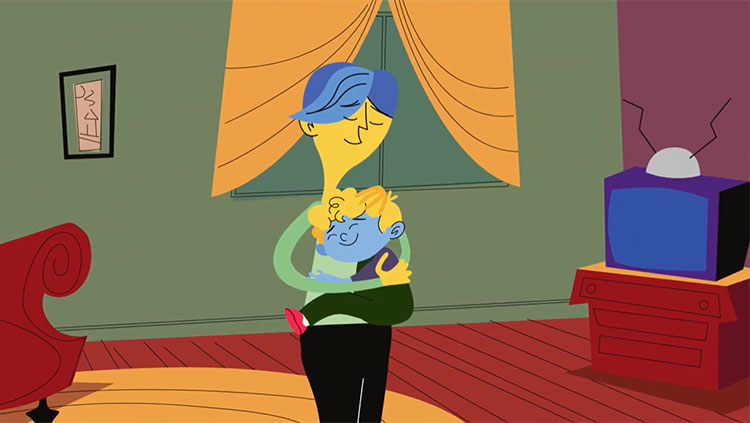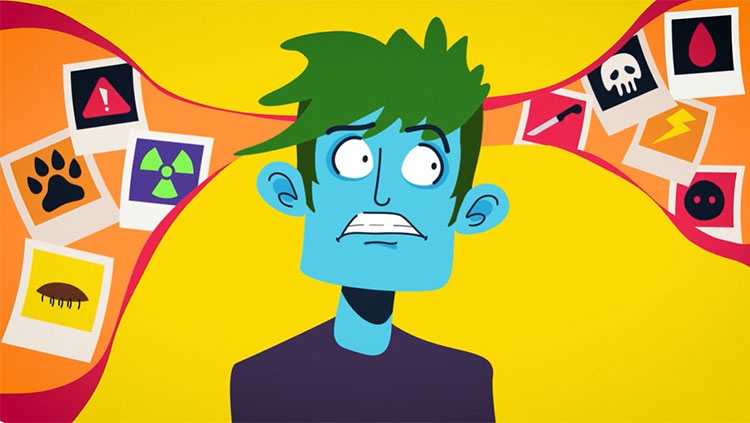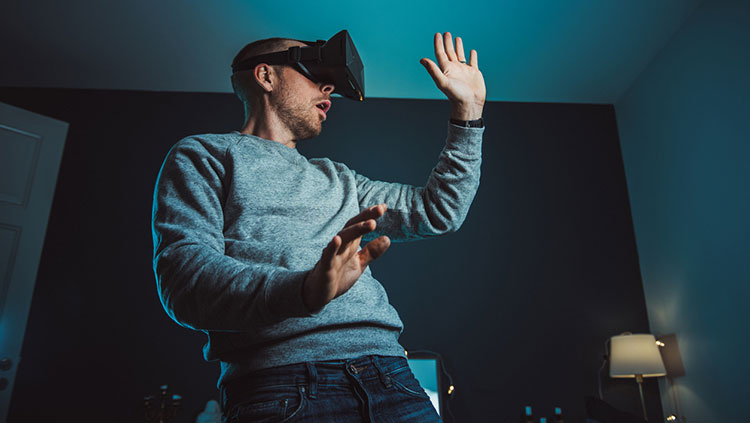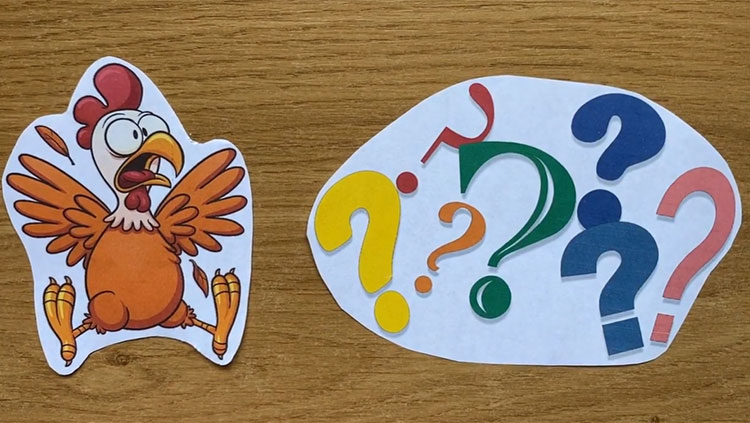Feeling Our Way: The Challenge of Studying Emotion and the Brain
- Published12 Jan 2016
- Reviewed12 Jan 2016
- Source The Dana Foundation
While scientists are learning how important emotional input is to nearly every aspect of cognition, behavior, and disease, understanding how that works is a tangled puzzle.
Emotions are integral to the human experience. Feelings like happiness, sadness, fear, anger, surprise, and disgust don’t just help us survive in the world, they also help us thrive, providing key information that motivates us to take important actions, make decisions, and connect with other people. Emotions also play an important role in psychopathology and disease states, says Tor Wager, director of the cognitive and affective neuroscience laboratory at University of Colorado at Boulder.
“Emotional dysfunction is at the core of disease states like depression and anxiety. It is a major component of whether people with diseases like Parkinson’s or schizophrenia are going to be functional or not,” he says. “But beyond the domain of clinical diagnostic categories, emotions are absolutely core to basic human functionality. We need them to operate and perform in the world, as well as interact with other people.”
But while scientists are learning the importance of emotional input to almost every aspect of cognition, behavior, and disease, understanding how the brain represents and processes emotion remains a significant challenge.
‘I get so emotional’
What is the biggest difficulty in trying to study the neuroscience of emotion? To start, how do we define the target in a way we can test for it? Anyone who has ever been very happy or angry knows how powerful such feelings can be. They arouse the nervous system—resulting in physiological changes to heart rate, breathing, perspiration, cortisol levels, and facial expression. But while we know an emotion when we see it (or feel it, as it were), eliciting a specific feeling or emotional state during an experiment—in a laboratory room or in a functional magnetic resonance imaging (fMRI) scanner—is no easy feat.
“We are limited in how we can elicit emotions—especially in a scanner context,” says Wager. “Many experiments use emotional stimuli, like angry faces or emotional pictures. But it’s not clear that these things are capturing the kind of emotional response that is going to be relevant to the kind of emotional situations we encounter in life. Is the anger you feel looking at a picture the same kind of anger you feel right before you act aggressively? We just don’t know.”
Marcel Just, a cognitive neuroscientist at Carnegie Mellon University, and his colleagues handled eliciting emotion in a different way. For his fMRI studies of emotion, he recruited method acting students from Carnegie Mellon’s top-rated drama program and asked them to experience an emotional state while being scanned.
“You can ask, ‘How can you know that these actors were really feeling anger when they were asked to conjure it? That it was the real thing?’” Just says. “But we validated our data with data from studies that used photos to evoke emotional states. We saw a very similar pattern between what the method actors evoked and what these other studies evoked.”
But that leads to another question: Is what one person feels the same as what another person feels? Is my subjective experience of an emotion like happiness or sadness the same as yours?
Wataru Sato, a scientist at Kyoto University, used surveys to gauge happiness in a pool of participants before scanning them. Those who scored the highest on the Subjective Happiness Scale showed more gray matter mass in the precuneous, a region of the brain linked to consciousness. Those results were published in the November 30, 2015, issue of Scientific Reports. Still, even with such a strong correlation, Sato admits that happiness is a hard emotion to nail down.
“This scale is reliable, comparable across people, and changeable depending on the situation,” says Sato. “But because subjective experience is fundamentally accessible only from the first person viewpoint, no one can objectively conclude that happiness is the same for every person.”
Making sense of brain signatures
Studies like Sato’s focus on specific brain regions; but others, like Just and Wager’s, look for patterns of activation and connectivity to better understand the neural correlates underlying emotion. In a study published in PLoS One in June 2013, Just and colleagues used the fMRI data collected from the method actors to predict neural activation of different emotional states in other individuals.
“What we demonstrated is that there is commonality across people in the brain representation of emotions,” says Just. “We could look at the brain activation and tell which of 18 different emotional states a person was experiencing. We saw the same signature across people for these different emotions.”
Wager, in a study published PLoS Computational Biology on April 8, 2015, used Bayesian techniques to look for reliable patterns across a number of different studies. He argues that understanding the neural basis of emotion is going to require looking beyond a single brain region.
“More and more, we’re learning that there isn’t one brain area that is prediction. There’s not one brain area for emotion, or even a specific emotion. It’s not as though the insula determines how disgusted your feel and the amygdala determines how fearful you feel,” he says. “It’s more complicated than that. You need to consider multiple brain systems. And the patterns you see in these different brain systems are complex.”
Understanding something so complex, Wager argues, is going to take a lot more studies. By comparing and contrasting those studies, based on the different methods they use, we can get to the point where we better understand the kinds of emotional states that truly represent the kind of emotional experiences felt in the moment. Then, with luck, use that information to determine how and why emotion influences cognition and behavior as well as to identify when emotional states are dysregulated in disease states.
Just agrees. “If we can figure out these signatures and then figure out what’s off, what’s different, in the brain with different disorders and diseases, then you have a potential target for therapy,” he says. “And that’s something we could use for autism, suicidal ideation, or any number of disorders that have problems with emotions. But we have to better understand how the brain represents these emotions first.”
- Kayt Sukel
CONTENT PROVIDED BY
The Dana Foundation is a private philanthropic organization that supports brain research through grants and educates the public about the successes and potential of brain research.
Also In Emotions, Stress & Anxiety
Trending
Popular articles on BrainFacts.org


















